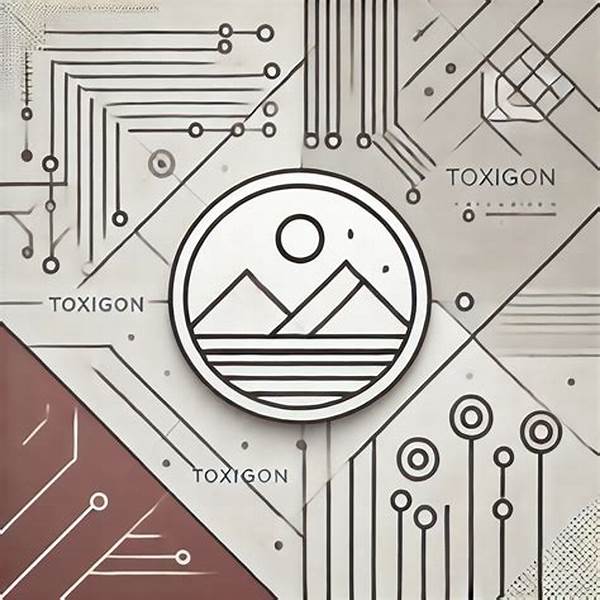Creating dialogue that feels genuine and flows naturally can be one of the most challenging yet rewarding aspects of writing. When it comes to crafting original dialogue for unique characters, it’s about finding the voice that suits each character’s personality and background while keeping it engaging and dynamic. Dialogue is more than just words; it conveys emotions, thoughts, and the essence of a character. In this article, we’ll explore how to develop dialogue that resonates with authenticity and breathes life into your characters.
Understanding Character Essence
Crafting original dialogue for unique characters starts with understanding who your characters are at their core. Consider their backgrounds, motivations, and how these elements shape the way they speak. A character’s voice should reflect their individual traits, making them distinguishable from one another. A well-crafted dialogue propels the story forward and reveals subtleties about a character’s inner world. For instance, a character with a rich and cultured background might have a more formal way of speaking compared to one with a more laid-back lifestyle. By delving deep into your characters’ psyche, you can develop dialogue that feels authentic and expressive, enabling readers to connect with them on a personal level and become invested in their journey.
Techniques for Natural Sounding Dialogue
1. Listen and Observe: For crafting original dialogue for unique characters, pay attention to conversations around you. Real-life interactions can offer a goldmine of inspiration.
2. Embrace Diversity: Different backgrounds lead to unique ways of speaking. Craft your characters’ dialogues to reflect their diverse experiences and perspectives.
3. Subtext: What’s unsaid can be as powerful as what is spoken. Craft subtext to add depth to your dialogue.
4. Pace and Rhythm: Mimic natural speech patterns. Use pauses, interruptions, and changes in pace to reflect genuine conversation.
5. Avoid Over-Exposition: Let the story unfold naturally. Allow dialogue to reveal character and plot without overwhelming readers with information.
The Role of Dialogue in Story Development
In the art of crafting original dialogue for unique characters, dialogue isn’t merely an exchange of words. It serves as a powerful tool in character development and plot advancement. Dialogue can reveal secrets, build tension, and create conflict. It should represent how characters relate to one another and to their world. A believable dialogue provides authenticity to the character’s experiences, making them more relatable to the audience.
When crafting dialogue, consider the tone and mood you wish to convey. Is the conversation intense and argumentative, or is it light-hearted and humorous? The way characters speak to each other can enhance the thematic elements of your narrative. Through carefully chosen words and nuanced phrasing, you can subtly weave in the underlying themes of your storyline. Moreover, dialogue offers the opportunity for characters to voice their perspectives, providing a multi-dimensional view of the narrative, which enriches the reader’s experience.
Challenges and Solutions in Dialogue Writing
Crafting original dialogue for unique characters is not without its challenges. Writers often struggle with making dialogue sound natural and avoiding clichés. One solution is to read your dialogue out loud. This practice can help identify awkward phrasing or unnatural exchanges. It’s also beneficial to study well-written dialogues in books or scripts to gain insight into how effective dialogue is constructed.
Another challenge is ensuring each character’s voice remains consistent throughout the story. Keeping a character sketch or dialogue outline can be incredibly helpful in maintaining distinct voices. Furthermore, avoid “info-dumping” in dialogue. Characters should speak to reflect their knowledge and conscientiousness, not simply to convey plot information to the reader. By addressing these challenges and continuing to refine your skills, you can create dialogue that truly captures the essence of your characters and the complexity of their world.
Writing Beyond the Words
Dialogue in crafting original dialogue for unique characters extends beyond mere words on a page. It’s about capturing the subtleties of human interaction—the pauses, the interruptions, the unspoken emotions. A well-placed sigh or a deliberate pause can convey as much as a paragraph of dialogue. Consider the body language and facial expressions accompanying the spoken word. This adds layers of complexity and nuance to character interactions.
Additionally, culture, time period, and setting play a critical role in shaping dialogue. Characters in a historical setting may employ language and expressions specific to that era, while those in a contemporary urban environment might utilize modern slang. This attention to detail not only makes dialogue more realistic but also immerses readers into the world you’ve created, making it more vibrant and believable.
Dialogue as a Storytelling Device
Crafting original dialogue for unique characters is about integrating their conversations seamlessly into the narrative. Dialogue serves as a storytelling device that can reflect relationship dynamics and power struggles. Through verbal exchanges, writers can provide insight into characters’ thoughts and intentions without explicit narration, thus allowing readers to draw their conclusions.
Engaging dialogue doesn’t just inform; it invites readers to read between the lines. By offering glimpses of a character’s vulnerabilities and strengths through their speech, writers can add depth and dimension to their characters. Effective dialogue invites readers to become detectives, piecing together the puzzle of what makes a character tick. This immersive experience is what makes dialogue a critical component in captivating storytelling.
Conclusion: The Art of Authentic Communication
In summary, crafting original dialogue for unique characters is a vital skill that enhances the overall narrative of any story. It involves more than stringing words together; it is about creating a vibrant, dynamic interaction that resonates with authenticity. The dialogue should reveal characters’ personalities, advance the plot, and evoke emotion without resorting to unnatural or forced exchanges.
Through attentive listening, detailed character development, and an understanding of natural speech patterns, writers can craft dialogue that sounds genuine and enriching. This not only breathes life into characters but also engages readers, drawing them deeper into the world on the page. Whether writing fiction, screenplays, or even non-fiction narratives, mastering dialogue is essential to creating compelling storytelling experiences.
